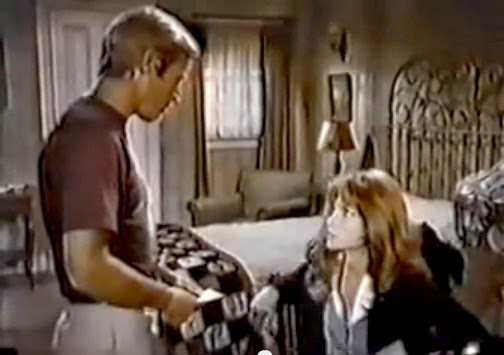Well, it's that time of year again, Boils and Ghouls, as the Annual September Sabbatical has once more sprung as we leave the Satan's Halitosis of Summer behind and barrel toward the cooler environs of Fall, which means I will once more be unplugging the old keyboard to let my typing knuckles scab over for a whole calendar month -- and then panic and scramble as we will return with Round 6 of Hubrisween, meaning 26 more films, 26 more reviews, in 26 days due in October.
HOLY FARTKNOCKERS!!!
Until then, I will be hanging out with Gil and Rowdy and the boys. In the meantime, stay cool, and keep movin', movin', movin'...
aa Video courtesy of TheVintageTVArchive.










.JPG)


.JPG)

.JPG)


























